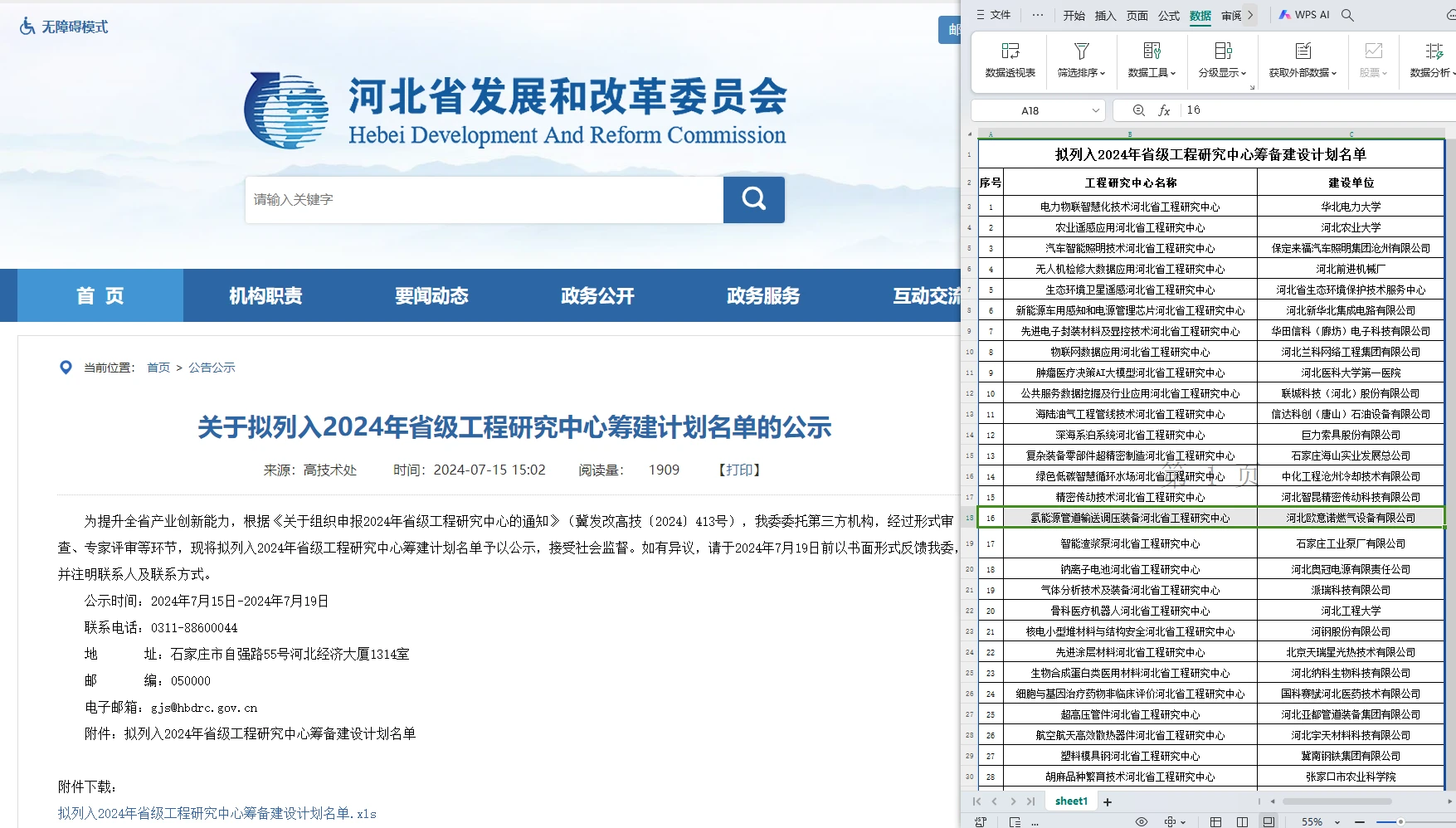
Dec . 11, 2024 00:15
Back to list
Pneumatic Control Valve Mechanisms and Their Applications in Industry
The Air Control Valve An Overview
Air control valves play a critical role in various industrial and mechanical systems, primarily by regulating the flow of air or gas within a given system. As a key component in pneumatic systems, these valves ensure that processes operate efficiently, safely, and within designated parameters. Understanding the workings of air control valves, their types, applications, and maintenance is essential for professionals in engineering, automation, and related fields.
To begin with, an air control valve is designed to modulate the flow of compressed air in a pneumatic system. It acts as a conduit that opens or closes based on specific system pressures, temperatures, or control signals. The primary function of an air control valve is to maintain the desired pressure or flow rate, which is vital for the functionality of actuators, cylinders, and various tools that rely on compressed air for operation.
There are several types of air control valves, each suited for different applications. The most common types include
1. Direct Acting Valves These valves operate based on the direct application of pressure, allowing for quick response times in systems requiring immediate action. 2. Pilot Operated Valves These utilize a smaller pilot valve to control a larger flow of air, making them more efficient for higher pressure applications. They are often used in complex systems where multiple valves need to be controlled simultaneously.
3. Flow Control Valves These are specifically designed to regulate the rate of airflow in a system. By adjusting the size of the opening through which air flows, they can fine-tune the speed and force of actuators.
.
5. Solenoid Valves These valves are controlled electrically and can remotely activate or deactivate air flow. They are commonly used in automated systems and machinery.
صمام التحكم الهوائي

The applications of air control valves span across various industries. In manufacturing, they are essential for controlling actuators and pneumatic tools, improving the efficiency of production lines. In HVAC systems, these valves help regulate air flow and maintain balanced pressure throughout a building. Additionally, in automotive applications, air control valves are pivotal in managing air intake in engines, enhancing performance and fuel efficiency.
However, the effectiveness of air control valves can be compromised by several factors including wear and tear, contamination, or improper installation. Regular maintenance is vital to ensure their longevity and optimal performance. Some maintenance practices include
- Regular Inspection Checking for wear, corrosion, or degradation of seals and components is vital. Early detection of issues can prevent more significant problems down the line. - Cleaning Contamination from dust, oil, or moisture can hinder valve performance. Periodic cleaning can prevent these impediments.
- Replacement Components that show signs of excessive wear, such as O-rings or diaphragms, should be replaced promptly to avoid potential system failures.
- Testing Conducting routine tests to ensure proper operation under various conditions can help maintain system integrity.
Moreover, the integration of advanced technologies such as IoT and smart controls is transforming the landscape of air control valves. These technologies facilitate real-time monitoring and adjustments, leading to improved efficiency and responsiveness in pneumatic systems.
In conclusion, air control valves are indispensable components in a wide array of applications, from industrial machinery to HVAC systems. Their ability to control airflow and pressure is crucial for the proper functioning of many systems. By understanding their types, applications, and maintenance requirements, professionals can ensure that these valves operate efficiently and reliably, ultimately contributing to enhanced productivity and safety in various industries.
Latest news
-
Safety Valve Spring-Loaded Design Overpressure ProtectionNewsJul.25,2025
-
Precision Voltage Regulator AC5 Accuracy Grade PerformanceNewsJul.25,2025
-
Natural Gas Pressure Regulating Skid Industrial Pipeline ApplicationsNewsJul.25,2025
-
Natural Gas Filter Stainless Steel Mesh Element DesignNewsJul.25,2025
-
Gas Pressure Regulator Valve Direct-Acting Spring-Loaded DesignNewsJul.25,2025
-
Decompression Equipment Multi-Stage Heat Exchange System DesignNewsJul.25,2025

